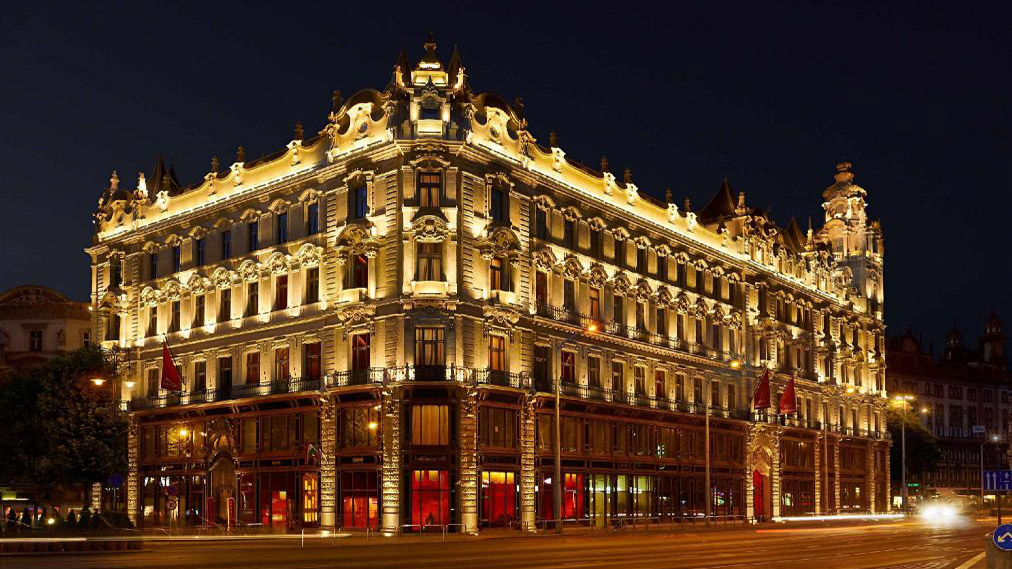How to Use Cove Lights in Interior Lighting Design
Light is always a tool to play with when defining an interior space. It aesthetically enhances the ambiance and gives it character. The effects of the environment we live in depend on the type of lighting. Cove lighting is one of these types as a form of indirect lighting.

Light is always a tool to play with when defining an interior space. It aesthetically enhances the ambiance and gives it character. The effects of the environment we live in depend on the type of lighting. Cove lighting is one of these types as a form of indirect lighting.
The popularity of cove lighting is increasing both in residential and commercial projects. The primary reason why this application, which is always popular in interior decoration, is increasing day by day is that LEDs and technologies are widespread and easy to apply.
Cove lights are a kind of hidden indirect lighting installed into the channels on the ceiling or walls. Light reflected from the surfaces spreads into space. This application can provide an overall lighting level and also frame the room or plane.
Where can we use cove lighting?
Everywhere that we want to have soft and diffused illumination, we can use cove lighting.
- On the ceiling, hidden in the false ceiling channels
- In the wall paneling
- Where floor or ceiling meets the walls
- Highlighting the drapery
- Behind the surfaces, wall elements, TV units, mirrors, bed heads, artworks, logos
- Within the shelves
- In the wardrobes
- Under stairs, in the railings
What are the Pros and Cons of using Cove lights?
Pros
- Ideal for decorative purposes
- Makes a room look bigger
- Hidden light source
Cons
- It is reflected light, could not provide sufficient illumination level for some tasks, may generally require supplementary lighting
- Complicated installation, maintenance, and accessibility problems, even if we use LED, there may be malfunctions
Which points should we consider when installing cove lighting?
The main criteria that directly affect the result from cove lighting are listed below;
- Color and texture of the surfaces that determine their light reflectance factor
- Ideal position for the fixtures
- Type of the products, for example, a customized profile keeps the light source free of moisture, dust, and dirt, acts as a cooling element, and also provides easy installation
- Gaps and joints between the fixtures, it is necessary to have a continuous light line to have shadowless lighting
- Dimensions of the cove
- Lumen output of the light source
- Lifespans and easy maintenance
Today, designers, architects, and construction professionals agree that LED strips are the best lighting solution for cove lighting and using in their projects.
Comparing with other light sources, LED is much more flexible for fixture design and energy efficiency. But professionals should consider that installing meters of LED in the projects can cause some energy saving problems. For example, sustainability certificate programs ask using high-efficacy lighting and specific energy usage per sqm in various spaces. Using indirect lighting to reach the required level of illumination may cause excessive energy consumption. Also, “understand efficacy” of LED is another issue when choosing the right product. Lumens/watt ratio is a measure of how well a light source converts energy(W) into the light. (lumen)
Cove lighting is a perfect solution to emphasize architectural details and enchance the volume of space. However, as I mentioned above, it should be implemented by smart planning without causing unnecessary energy consumption.





